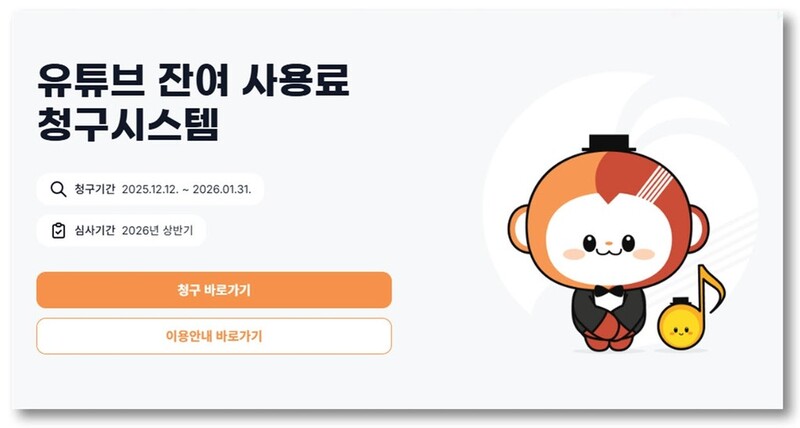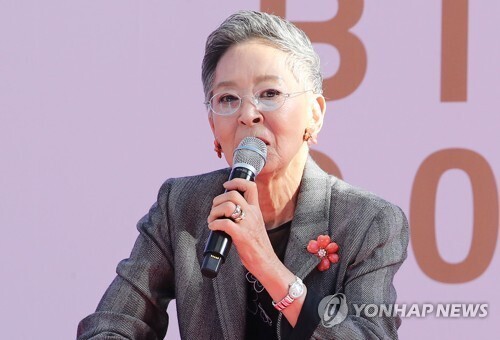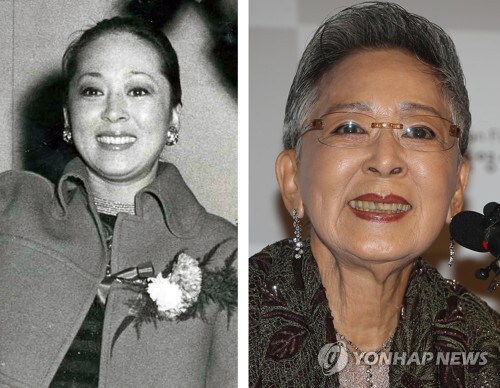BOK rate policy-full text
Full text of BOK statement on monetary policy decision in July
SEOUL, July 13 (Yonhap) -- The following is the full text of the Bank of Korea's statement on its latest monetary policy decision. The central bank's monetary policy board voted Thursday to hold the key interest rate steady for the fourth straight meeting at 3.5 percent.
The Monetary Policy Board of the Bank of Korea decided today to leave the Base Rate unchanged at 3.50 percent for the intermeeting period. Although inflation has slowed, it is forecast to pick up again to around the 3 percent level since August and to remain above the target level for a considerable time. In addition, it is necessary to further monitor monetary policy in major countries and household debt trends.
The Board, therefore, sees that it is appropriate to maintain its current restrictive policy stance. Regarding the need to raise the Base Rate further, the Board will make a judgement while assessing the changes in domestic and external policy conditions.
The currently available information suggests that global economic growth has been more favorable than expected, but the growth is projected to gradually slow due to the effects of elevated interest rates. While global inflation has fallen gradually, the pace of the inflation slowdown has differentiated across countries.
In global financial markets, government bond yields have risen as major countries have strengthened their restrictive monetary policy stance, and the U.S. dollar has weakened due to a slowdown in U.S. inflation after having strengthened. Looking ahead, the Board sees global economic growth and global financial markets as likely to be affected by the pace of the global inflation slowdown, monetary policy changes in major countries and their effects, and the recovery in the Chinese economy.
The sluggishness of domestic economic growth has somewhat eased, as the decline in exports has moderated. Labor market conditions have been generally favorable, with the increase in the number of persons employed being higher than expected. Going forward, domestic economic growth is expected to recover gradually with private consumption continuing its modest recovery and exports improving due to the easing of the sluggishness in the IT industry. GDP growth for this year is expected to be consistent with the May forecast of 1.4 percent.
Consumer price inflation has continued to moderate as expected, falling significantly from 3.3 percent in May to 2.7 percent in June. This is mainly because the decline in the price of petroleum products has widened owing to the base effect from global oil prices, and the rise in the prices of personal services has weakened. Core inflation (excluding changes in food and energy prices from the CPI) has declined considerably from 3.9 percent in May to 3.5 percent in June, and short-term inflation expectations among the general public have stayed at 3.5 percent, the same as in May. Looking ahead, it is forecast that consumer price inflation will continue slowing until July, but then will pick up after August and fluctuate at around the 3 percent level until the end of the year. Consumer price inflation for the year is expected to be generally consistent with the May forecast of 3.5 percent. Meanwhile, core inflation is projected to maintain its slowing trend in the second half of the year. However, it is to be slightly higher than the May forecast of 3.3 percent, due to accumulated cost pressure and continuing favorable demand for services.
In financial and foreign exchange markets, the Korean won to U.S. dollar exchange rate has fluctuated considerably and Korean Treasury bond yields have risen, affected by changes in expectations of monetary policy in major countries. Meanwhile, the risks to some non-bank financial sectors have expanded. Housing prices in Seoul and its surrounding areas have shifted to an increase, while in the rest of the country, the extent of the decline in housing prices has greatly narrowed. The scale of the increase in household loans has expanded, mainly driven by housing-related loans.
The Board will continue to conduct monetary policy in order to stabilize consumer price inflation at the target level over the medium-term horizon as it monitors economic growth, while paying attention to financial stability. It is forecast that domestic economic growth will gradually improve, but inflation will remain above the target level for a considerable time. Moreover, uncertainties surrounding the policy decision are judged to be high. The Board, therefore, will maintain a restrictive policy stance for a considerable time with an emphasis on ensuring price stability. In this process, the Board will make a judgement regarding the need to raise the Base Rate further, while thoroughly assessing the pace of inflation slowdown, financial stability risks, economic downside risks, the effects of the Base Rate raises, and monetary policy changes in major countries.
(END)
(C) Yonhap News Agency. All Rights Reserved













![[가요소식] 지코, 요아소비 이쿠라와 신곡 '듀엣' 발매](https://korean-vibe.com/news/data/20251212/yna1065624915953509_920_thum.jpg)









